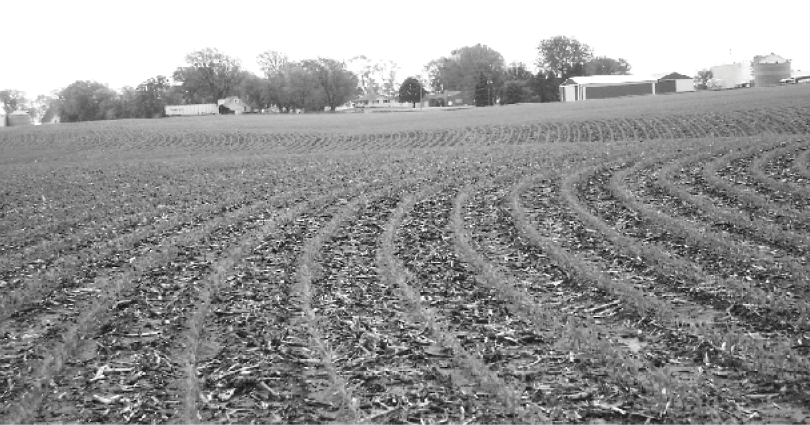No-Till Farmer
Get full access NOW to the most comprehensive, powerful and easy-to-use online resource for no-tillage practices. Just one good idea will pay for your subscription hundreds of times over.

The pesky dandelion continues to be a problem in many no-till fields in Ohio and surrounding states. Dense, well-established stands of dandelion can interfere with crop establishment and growth, especially with limited soil moisture. Getting a well-established dandelion population under control can be a several-year process of implementing the most effective treatments in both fall and spring.
Fall herbicide application can be one of the more effective methods for reducing dandelion stands, but rarely is it effective enough without additional treatments during the following spring or summer. In fields that have not received a fall herbicide treatment, selection and timing of spring herbicide applications can be especially important.
Spring burndown treatments should be applied before dandelion flowers begin to senesce, since herbicide effectiveness decreases in later growth stages. Consequently, treatments should be applied earlier in the spring in southern areas.
A combination of 2,4-D ester plus glyphosate has been more effective than glyphosate or 2,4-D alone across a range of application dates and weather conditions, especially under cold conditions. A 2,4-D ester rate of 1 pound of active ingredient per acre can be more effective than the 0.5 pound rate. Rates of 2,4-D should be limited to 0.5 pounds when corn or soybeans will be no-tilled within 1 or 2 weeks.
This rate should be applied at least 7 days before no-tilling soybeans. Several 2,4-D ester products, including Weedone 650 and E-99, allow application of 1 pound per acre of active ingredient up to 15 days…